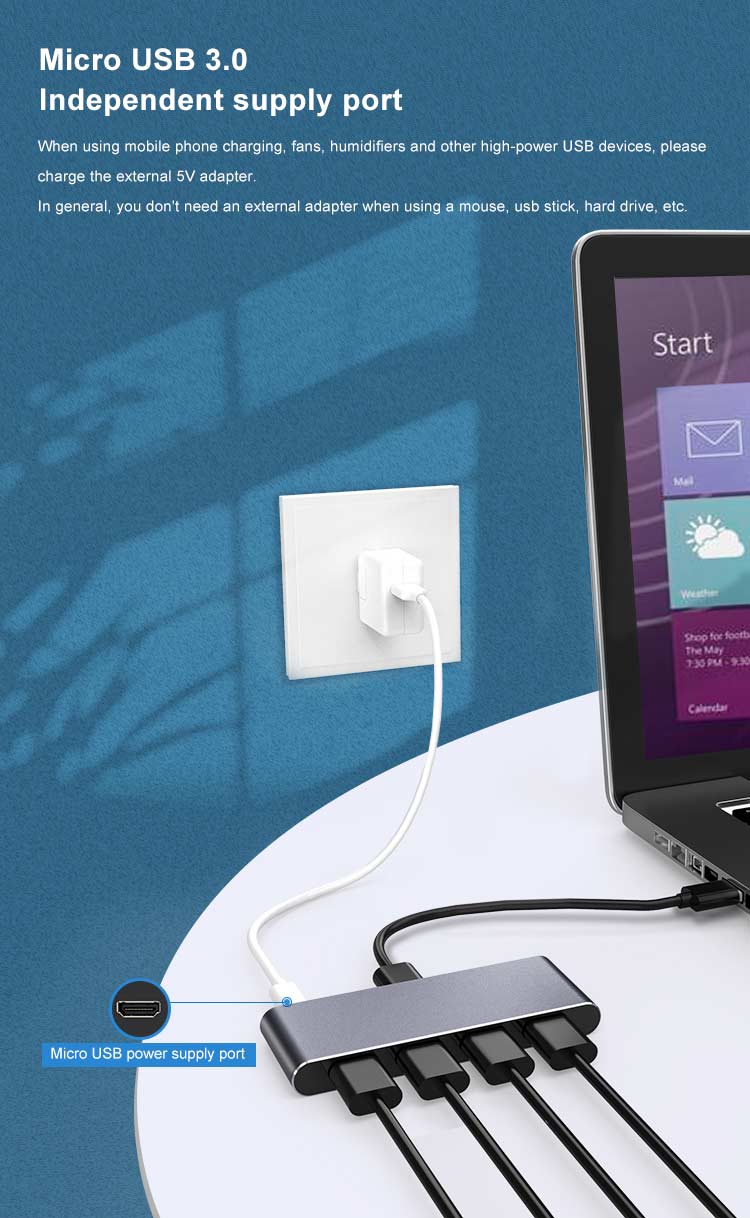

An updated model was released in February 2020 with the Magic Keyboard and an option for an Intel Core i7 processor. The third generation was released in October 2018, with reduced dimensions, a Retina display, and combination USB-C/ Thunderbolt 3 ports for data and power. Later revisions added Intel Core i5 or i7 processors and Thunderbolt. Apple released a second-generation MacBook Air in October 2010, with a redesigned tapered chassis, standard solid-state storage, and added a smaller 11.6-inch version.

The Intel-based MacBook Air was introduced in January 2008 with a 13.3-inch screen, and was promoted as the world's thinnest notebook, opening a laptop category known as the ultrabook family. In the current product line, the MacBook Air is situated below the performance range MacBook Pro. Since then, the original MacBook's discontinuation in 2011, and lowered prices on subsequent iterations, have made the Air Apple's entry-level notebook. The Air was originally positioned above the previous MacBook line as a premium ultraportable. It consists of a full-size keyboard, a machined aluminum case, and, in the more modern versions, a thin light structure. You can delete the files in the Downloads folder, they are not needed anymore.The MacBook Air is a line of notebook computers developed and manufactured by Apple Inc. If there is a line ending with /usr/sbin/mbpfan, you are good to go. In order to check that mbpfan is up and running, open a terminal again, and give the following command. Be sure to be back into mbpfan source directory, in the Downloads folder. It's running now at about 95F - 35C degrees (CPU core temps) and under 1000RPM on the fans. That could be the trick to the silent iMac. The iMac was cool and silent over that temp on macOS so I allowed him to go over that temp, I settled for 120F degrees (49C degrees). As the iMac temperatures where OK with the fans just reeving at 1000rpm I did modify my 'max_temp' to a bigger value than 90F degrees. Mbpfan attempts to keep a low fan speed if the temperature is between low_temp to high_temp."īut before this I went back to macOS to check what temperatures the iMac had and how fast the fans were reeving.
#HDD FAN CONTROL VS MAC FAN CONTROL FREE#
Feel free to try different settings for this value and for high_temp. The low_temp option can be as low as 50-55 degrees (according to your CPU model). The max_temp value is what mbpfan considers a critical temperature, where the fans have to be set immediately at the maximum possible speed. This is for having a more conservative system. You can set it to any value smaller (never bigger) than the one you obtained before. "You might note that for max_temp, I suggest to never setting the value above 90. Max_temp = 86 # do not set it > 90, default is 86Ĭhange the values of min_fan_speed, max_fan_speed, and max_temp to the values that your marked down at the beginning of this tutorial. High_temp = 66 # try ranges 58-66, default is 66 Low_temp = 63 # try ranges 55-63, default is 63 'The content of the file will be the following: As the tutorial explains I did 'open the configuration file using a text editor (like Gedit) with root access. 1.4.5-27) but not sure if this what needed for anything.
#HDD FAN CONTROL VS MAC FAN CONTROL INSTALL#
Sudo apt-get update & sudo apt-get install build-essentialĭid work on Solus I installed from the Software Center the 'solbuild Solus package build system (v. There seems to talk about download, compile and install for what I needed the 'build-essential package'. Next step talks about install mbpfan which I have done before. The value you will obtain is max_temp value for mbpfan configuration. Note down the highest among the numbers you might obtain. Now, see what are the max values that the system was able to detect for the temperature.Ĭat /sys/devices/platform/coretemp. These two values are your min_fan_speed and max_fan_speed values for mbpfan configuration. Note down the highest among the numbers for fan_max. Note down the lowest among the numbers for fan_min. Open a terminal, and type the following commands, one at a time.Īnd my values for minimum fan speed were: Let’s start with the fan speed’s min and max values that the system was able to detect. For sure I have done the following Terminal commands to check the minimum and maximum fan speeds.įirst thing to do is to take note of the configuration parameters for mbpfan settings. Not sure if I did anything related to install mbpfan from the Terminal because as I said I installed from Software Center. I'll be quoting the original autor on many of the steps below. I then read and follow this beginner's tutorial for mbpfan, but not all the steps. But keep in mind that this iMac has yet to be stressed to check this modifications did not harm.įirst I did install 'mbpfan' from Solus Software Center. I am back after caretaking of my lovely dogs so I'll try to explain what I did to have a silent iMac.


 0 kommentar(er)
0 kommentar(er)
